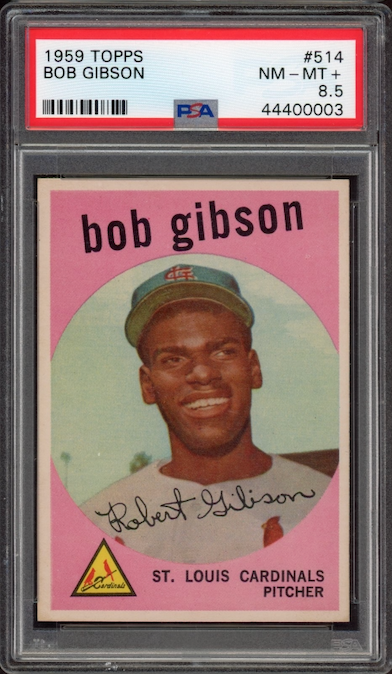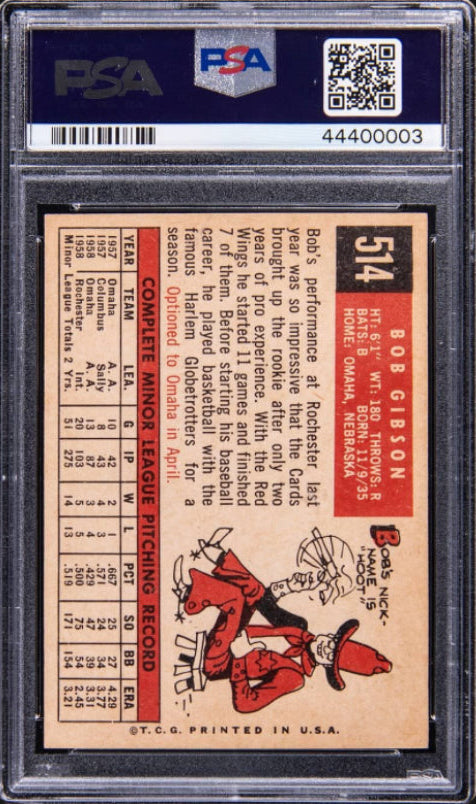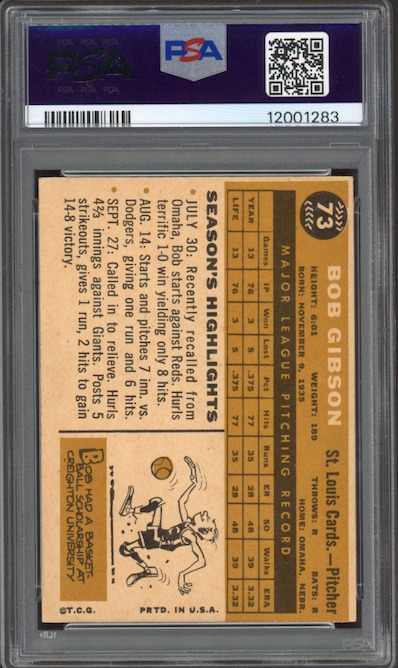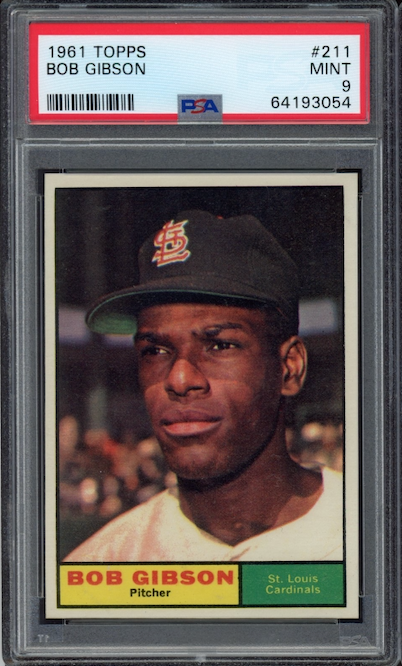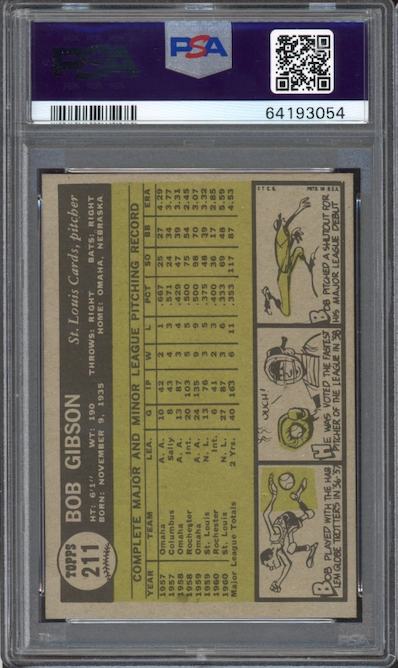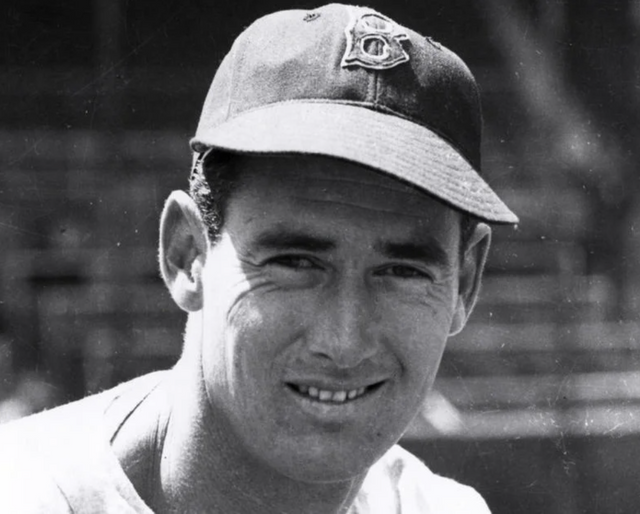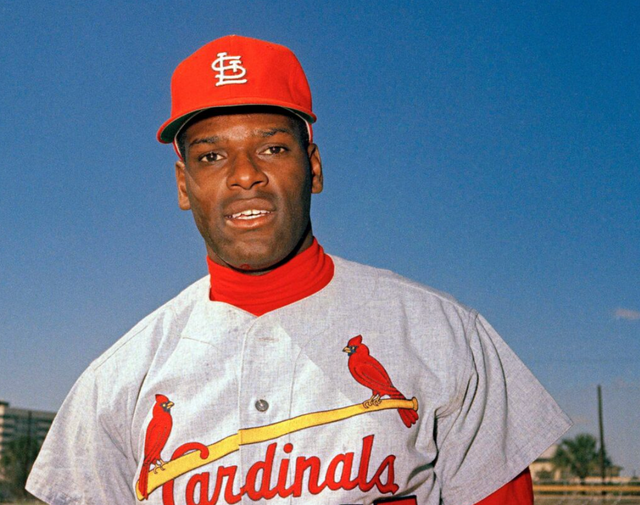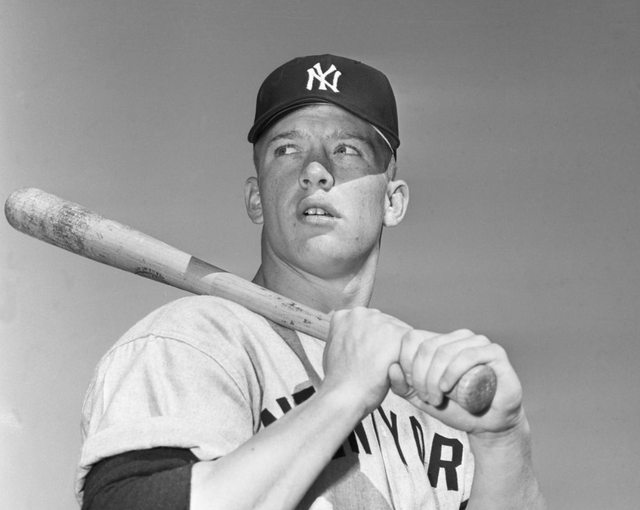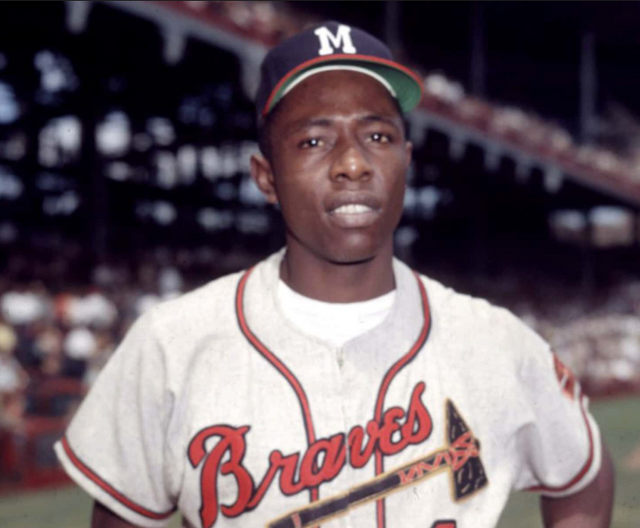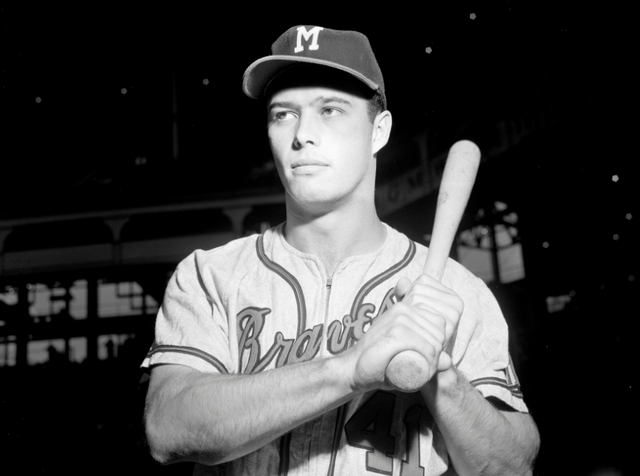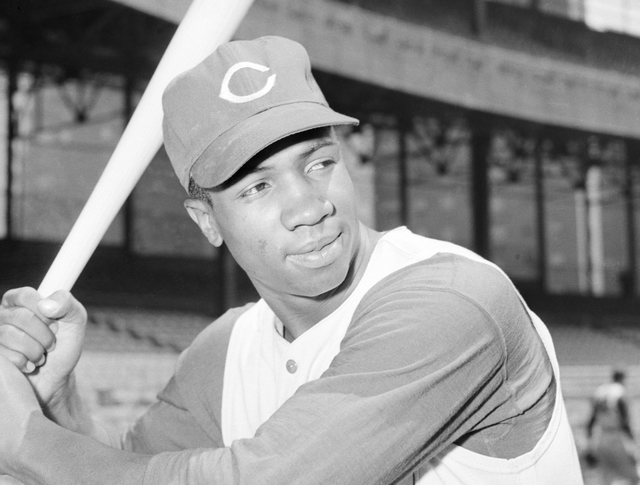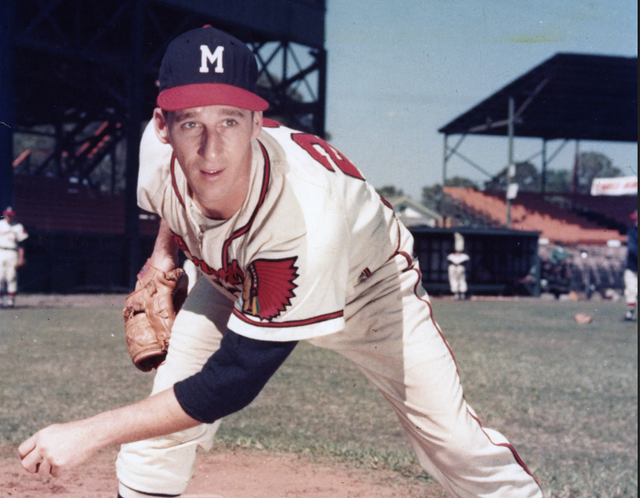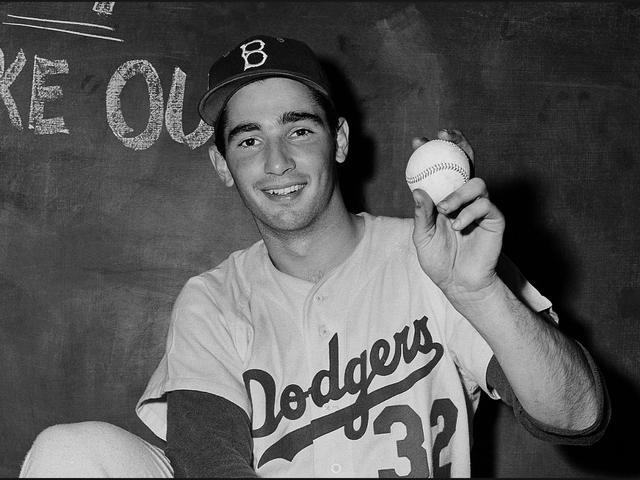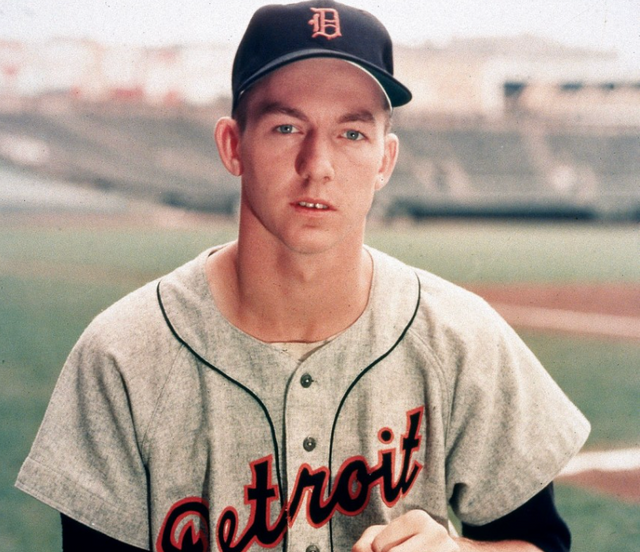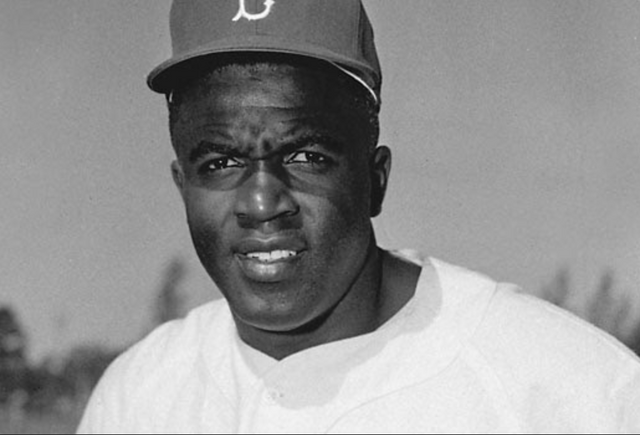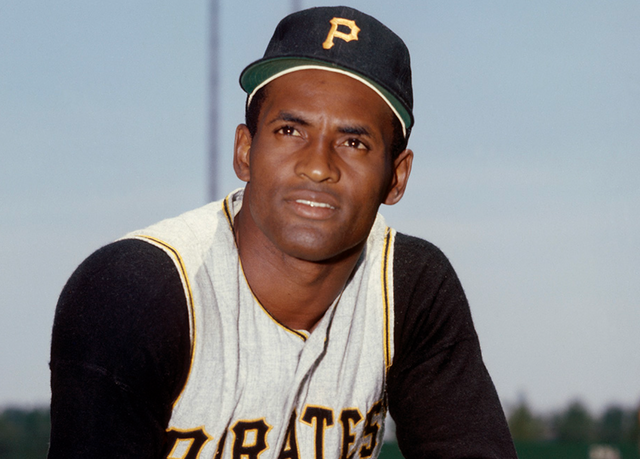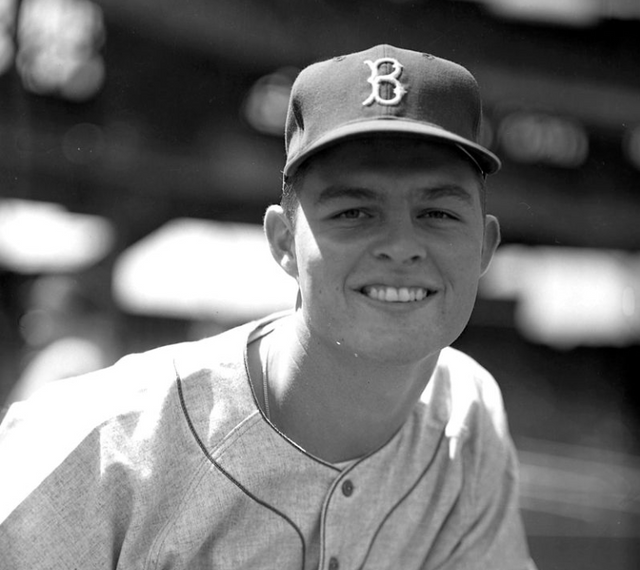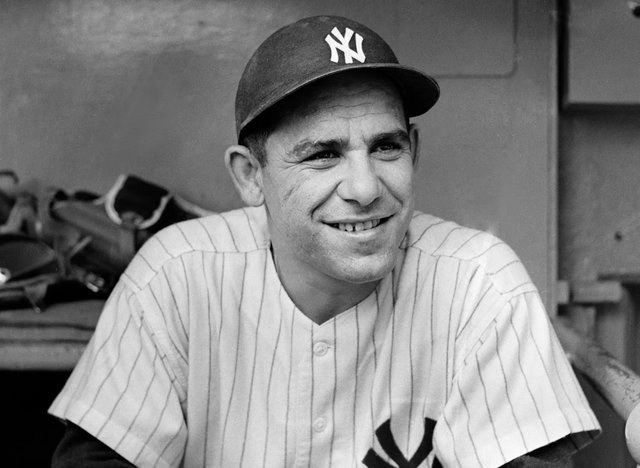Bob Gibson
The Ultimate Competitor and Baseball’s Relentless Ace

When Bob Gibson stepped onto the mound, hitters didn’t just face a pitcher—they faced a force of nature. Known for his fierce competitiveness, fiery demeanor, and devastating fastball, Gibson dominated baseball for nearly two decades with the St. Louis Cardinals. Over 17 seasons (1959–1975), Gibson built a legacy as one of the most feared and respected pitchers in baseball history, redefining what it meant to be an ace.
Nicknamed “Hoot” and “Gibby”, Gibson thrived in the most pressure-filled moments, becoming a postseason legend and the gold standard for pitching excellence. His intensity, combined with his unrivaled talent, made him one of the most dominant pitchers the game has ever seen.
The Numbers That Made Bob Gibson a Legend
Bob Gibson’s career statistics reflect his dominance and sustained brilliance:
- Wins: 251
- ERA: 2.91
- Strikeouts: 3,117 (14th all-time).
- Complete Games: 255
- Shutouts: 56 (15th all-time).
- Innings Pitched: 3,884.1
Gibson’s accolades showcase his place among baseball’s immortals:
- 2 Cy Young Awards (1968, 1970).
- 1 National League MVP Award (1968).
- 2 World Series MVP Awards (1964, 1967).
- 9 All-Star Selections (1962, 1965–1970, 1972).
- 9 Gold Glove Awards (1965–1973).
- 2 World Series Championships (1964, 1967).
Gibson was a master of the complete game, finishing over 25% of the games he started. His ability to pitch deep into games and dominate hitters for nine innings set him apart from his peers.
The Historic 1968 Season: The Year of the Pitcher
Bob Gibson’s 1968 season is widely regarded as the greatest single-season pitching performance in baseball history. During the “Year of the Pitcher”, Gibson put up numbers that seemed almost superhuman:
- ERA: 1.12 (the lowest in the live-ball era and a record that still stands).
- Wins: 22
- Complete Games: 28 (13 of which were shutouts).
- Strikeouts: 268
Gibson’s dominance was so complete that Major League Baseball lowered the mound after the season to give hitters a better chance. His performance earned him the NL MVP Award and his first Cy Young Award.
World Series Dominance: The Greatest Postseason Pitcher
Bob Gibson’s postseason record cements his status as one of the most clutch pitchers in history:
- World Series ERA: 1.89
- Strikeouts: 92 in 81 innings pitched.
- Complete Games: 8 in 9 World Series starts.
Gibson’s defining postseason moments include:
-
The 1964 World Series MVP:
Gibson carried the Cardinals to victory over the Yankees, pitching 27 innings in three starts. In Game 7, he threw a complete game despite allowing two late home runs, leading the Cardinals to their first championship in nearly 20 years. -
The 1967 World Series MVP:
Gibson was untouchable against the Red Sox, winning all three of his starts (Games 1, 4, and 7) with a 1.00 ERA and 26 strikeouts. In Game 7, he pitched a complete game while hitting a home run, delivering one of the most dominant World Series performances ever. -
The 17-Strikeout Masterpiece (1968):
In Game 1 of the 1968 World Series against the Detroit Tigers, Gibson set a postseason record with 17 strikeouts, baffling hitters with his fastball and slider. The performance remains one of the most iconic games in baseball history.
The Intensity and Legacy of Bob Gibson
Gibson’s fierce competitive nature was legendary. He was known for his unwillingness to yield an inch to hitters, often brushing them back with inside fastballs to assert his dominance. As Gibson himself said:
“I’ve played a couple of hundred games of tic-tac-toe with my little daughter, and she hasn’t beaten me yet. I’ve always had to win. I’ve got to win.”
His intensity extended to his teammates, pushing everyone around him to be better. Gibson’s leadership and refusal to accept mediocrity helped define the culture of the St. Louis Cardinals during his era.
Defining Moments of Bob Gibson’s Career
-
1968 Cy Young and MVP Double:
Gibson remains one of only a handful of pitchers to win both the Cy Young Award and MVP Award in the same season. His dominance that year forced MLB to change the game itself by lowering the pitcher’s mound. -
Nine Consecutive Gold Gloves (1965–1973):
Gibson’s defensive excellence was as remarkable as his pitching. His athleticism and quick reflexes made him one of the best fielding pitchers in baseball history. -
The Final Strikeout (1975):
Gibson retired in 1975, finishing his career with 3,117 strikeouts, a fitting capstone for a career defined by power, precision, and dominance.
The Most Iconic Bob Gibson Baseball Cards
Bob Gibson’s baseball cards are treasured pieces of memorabilia that reflect his legendary career:
-
1959 Topps Bob Gibson Rookie Card (#514):
Gibson’s rookie card is one of the most sought-after cards in baseball, featuring a young pitcher on the verge of greatness. -
1968 Topps Bob Gibson (#100):
Released during his historic MVP and Cy Young season, this card is a favorite among collectors for its connection to his record-breaking year. -
1971 Topps Bob Gibson (#450):
Known for its bold black borders, this card showcases Gibson during the later years of his prime.
The Legacy of Bob Gibson
Bob Gibson’s career transcended baseball. He wasn’t just one of the greatest pitchers of all time—he was a symbol of toughness, excellence, and unrelenting determination. His influence on the game remains profound, from the lowering of the mound after his 1968 season to his role as a trailblazer for Black athletes in baseball.
In 1981, Gibson was inducted into the Baseball Hall of Fame, a first-ballot selection that honored his historic achievements. Beyond the accolades, Gibson’s legacy endures as an inspiration to pitchers who aspire to dominate with skill, intelligence, and intensity.
Bob Gibson once said:
“When I gave up a grand slam to Pete LaCock, I knew it was time to quit.”
Even in his final moments on the mound, Gibson’s competitive fire burned bright.
Bob Gibson: The ultimate competitor, the postseason legend, and one of baseball’s greatest aces.
Filters Filter & Sort
-
1959 Topps #514 Bob Gibson ROOKIE PSA NM-MT+ 8.5
$18,200.00( / )Unavailable -
1960 Topps #73 Bob Gibson PSA NM-MT 8
$1,700.00( / )Unavailable -
1961 Topps #211 Bob Gibson PSA MINT 9
$2,800.00( / )Unavailable
More Player Collections
-
Product title
$12.34 -
Product title
$12.34 -
Product title
$12.34 -
Product title
$12.34 -
Product title
$12.34 -
Product title
$12.34 -
Product title
$12.34 -
Product title
$12.34 -
Product title
$12.34 -
Product title
$12.34 -
Product title
$12.34 -
Product title
$12.34

